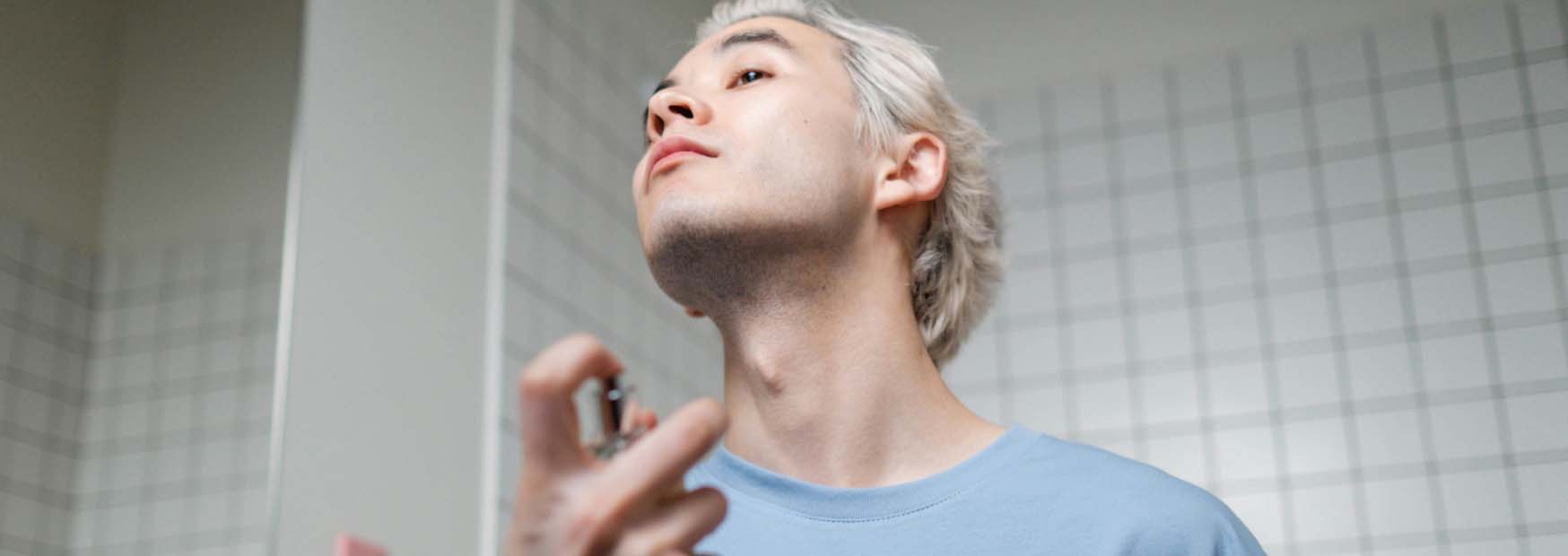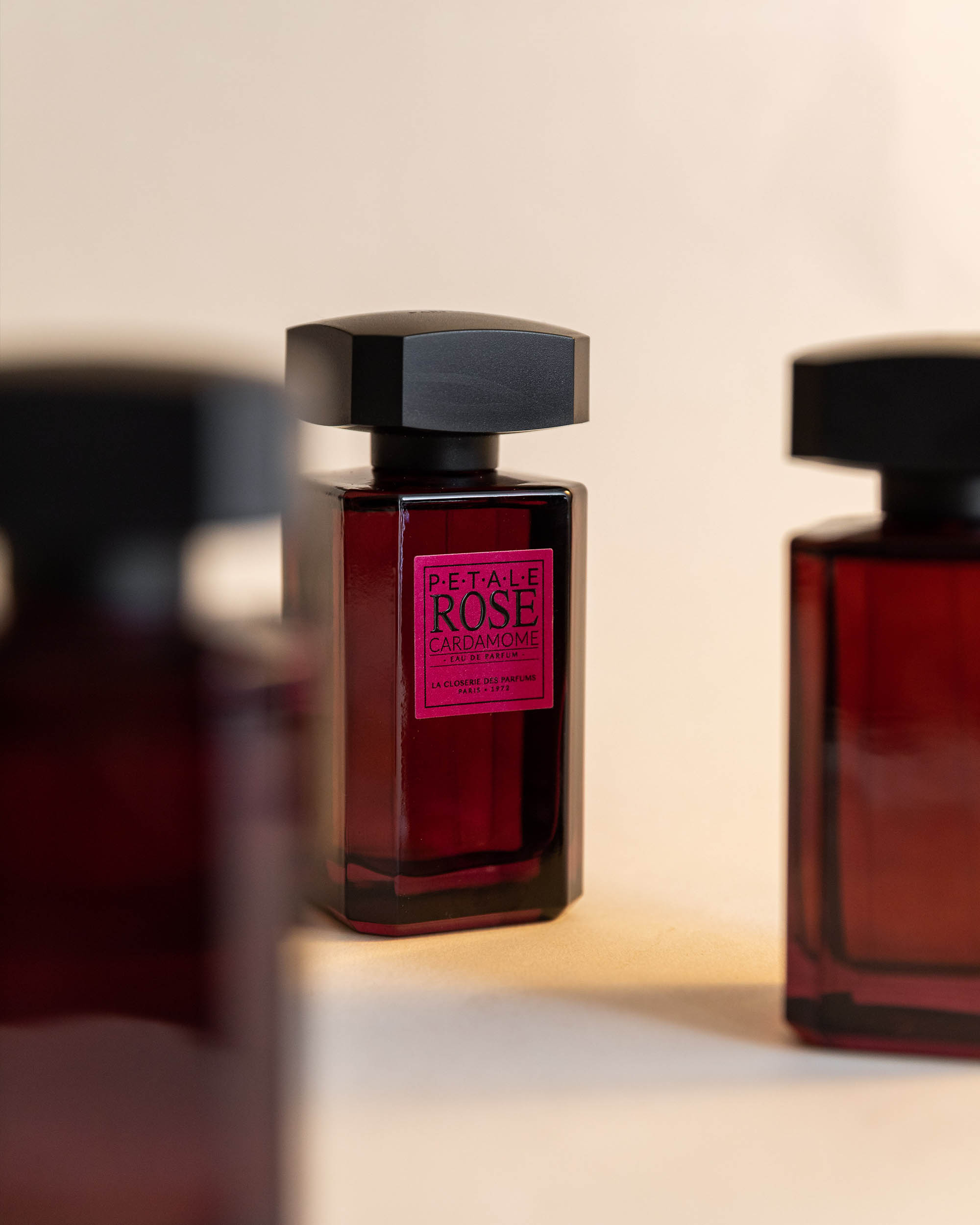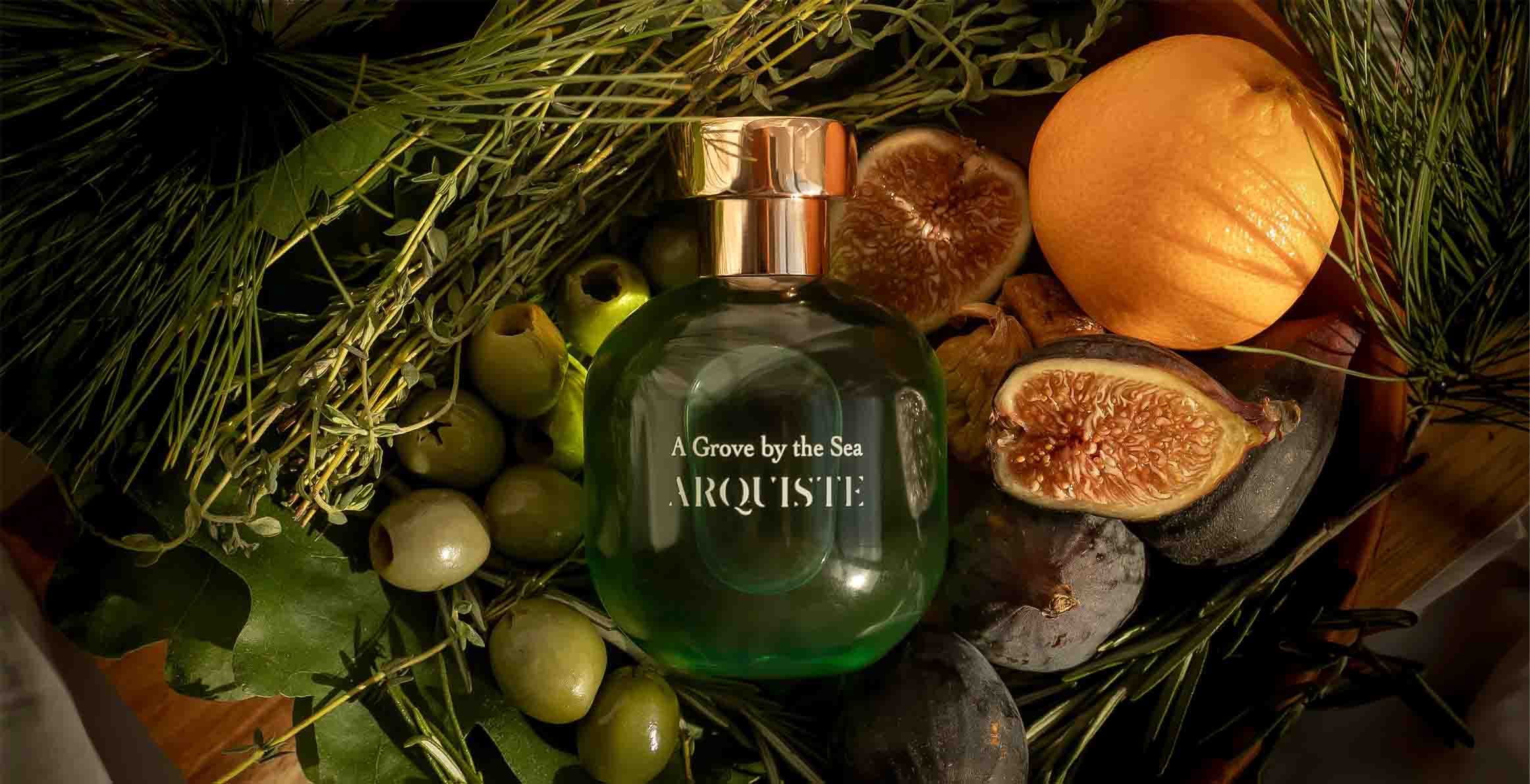Who Invented Fragrance?
Perfume has been an integral part of human culture for thousands of years. It has evolved from simple, natural scents to complex compositions that captivate our senses. But who can be credited with the invention of fragrance? This question delves deep into ancient history and explores various cultures and their contributions to the development of perfumes. Let's scratch through surface and explore some of the fascinating history of fragrance, tracing its origins and evolution through time.
• Egypt
• Mesopotamia
• Cyprus
Perfume in the Islamic Golden Age
• Contributions of Islamic Cultures
• Ibn Sina & Distillations
The Spread of Perfume in Europe
• Medieval & Renaissance France
• Eau de Cologne
Modern Developments in Perfume Making
• Technological Advancements
• Contemporary Perfumery
Summary
Perfume in ancient Egypt was not only a luxury but also a symbol of status and power. Pharaohs and high-ranking officials were often depicted with perfumed cones on their heads. The Egyptians were also the first to use glass bottles to store their precious scents, showcasing their innovation in both perfumery and glassmaking.
Islamic nations, such as the Arabs and Persians, were prolific traders, which gave them access to a wide array of spices, resins, herbs, and precious woods. This trade facilitated the spread of perfume ingredients and knowledge across different regions, further advancing the art of perfumery.
By the 16th century, perfume had become immensely popular in France, especially among the nobility. The court of Louis XV was famously known as "la cour parfumée" (the perfumed court), where everything from garments to furniture was scented. This era saw a proliferation of perfume use in various forms, from bathwater additives to scented books.
In contemporary perfumery, there is a growing trend towards sustainability and ethical sourcing. Consumers are increasingly aware of the environmental and social impacts of their purchases, leading to a demand for perfumes made with responsibly sourced ingredients, both natural and synthetic. This shift is encouraging the industry to adopt more sustainable practices, ensuring that the tradition of perfume-making can continue for generations to come.
Understanding the origins and evolution of perfume enhances our appreciation for this timeless art. At Fiole, we celebrate this heritage by offering a curated selection of perfumes that embody the essence of tradition and innovation. Whether you are a seasoned fragrance enthusiast or a curious newcomer, we invite you to explore our collection and discover the perfect scent that help you tell your unique story.
Build a Personalised Discovery Box
Table of Contents
The Origins of Fragrance: Ancient Civilisations• Egypt
• Mesopotamia
• Cyprus
Perfume in the Islamic Golden Age
• Contributions of Islamic Cultures
• Ibn Sina & Distillations
The Spread of Perfume in Europe
• Medieval & Renaissance France
• Eau de Cologne
Modern Developments in Perfume Making
• Technological Advancements
• Contemporary Perfumery
Summary
The Origins of Fragrance: Ancient Civilisations
The history of perfume dates back thousands of years, with some of the earliest known examples hailing from ancient civilisations. The development and use of perfume can be traced back to many ancient cultures. Here are a few examples...Egypt
The ancient Egyptians are widely believed to be the pioneers of perfume. Perfumes were an integral part of their daily life and religious practices. They used aromatic resins and oils in their rituals, burials, and even in everyday activities. One of the most famous Egyptian perfumes was "Kyphi," a complex mixture of ingredients that included honey, wine, and various resins.Perfume in ancient Egypt was not only a luxury but also a symbol of status and power. Pharaohs and high-ranking officials were often depicted with perfumed cones on their heads. The Egyptians were also the first to use glass bottles to store their precious scents, showcasing their innovation in both perfumery and glassmaking.
Mesopotamia
In Mesopotamia, the art of perfume-making was equally significant. A cuneiform tablet dating back over 3000 years identifies a woman named Tapputi-Belatekallim as the first recorded perfume maker. Tapputi's methods involved the distillation of flowers, oils, and other aromatic substances, laying the groundwork for modern perfume-making techniques.Cyprus
Archaeologists in Cyprus have uncovered some of the oldest known perfumes, estimated to be over 4000 years old. These ancient scents were found in elaborate containers, indicating the importance of fragrance in Cypriot culture. The discovery of these perfumes highlights the widespread use of aromatic substances in ancient times, spanning different regions and cultures.Perfume in the Islamic Golden Age
The Islamic Golden Age marked a significant period in the history of perfumery. During this time, Islamic scholars and chemists made substantial contributions to the art and science of perfume-making.Contributions of Islamic Cultures
Islamic cultures played a crucial role in refining the extraction of fragrances. They introduced new raw materials and techniques that greatly influenced Western perfumery. The use of steam distillation, for instance, allowed for more efficient extraction of essential oils from plants, enhancing the quality and variety of perfumes.Islamic nations, such as the Arabs and Persians, were prolific traders, which gave them access to a wide array of spices, resins, herbs, and precious woods. This trade facilitated the spread of perfume ingredients and knowledge across different regions, further advancing the art of perfumery.
Ibn Sina and Distillation
One of the most notable figures in the history of perfume is Ibn Sina, also known as Avicenna. He was a Persian polymath who made significant advancements in the field of chemistry. Ibn Sina is credited with developing the method of distillation that led to the creation of liquid perfume. This technique allowed for the extraction of pure essential oils from plants, revolutionising the production of perfumes.The Spread of Perfume in Europe
Perfume's journey from the Middle East to Europe marked another pivotal chapter in its history. The influence of perfume in Europe grew steadily, particularly in France, which became a central hub for perfumery.Medieval and Renaissance France
The connection between fragrance and fashion became evident in Grasse, France, during the 13th century. Glove makers in Grasse sought to mask the unpleasant smell of the urine-tanned leather they used, leading to the creation of scented gloves. This innovation was well-received by European society, marking the beginning of France's prominence in the perfume industry.By the 16th century, perfume had become immensely popular in France, especially among the nobility. The court of Louis XV was famously known as "la cour parfumée" (the perfumed court), where everything from garments to furniture was scented. This era saw a proliferation of perfume use in various forms, from bathwater additives to scented books.
Eau de Cologne
The 18th century brought about the invention of eau de Cologne, a fresh, citrus-based fragrance that originated in Cologne, Germany thanks to Giovanni Maria Farina, who commercialised his emigrant father-in-law’s “Cologne Water”. This new type of perfume, distilled using extracts from citrus, floral, and woody ingredients, became widely popular. Eau de Cologne marked a significant shift in the perfume industry, making fragrances more accessible to a broader audience.Modern Developments in Perfume Making
As the centuries progressed, the methods and materials used in perfumery continued to evolve. The advent of technology and scientific advancements played a crucial role in shaping modern perfumery.Technological Advancements
Today, the perfume industry relies heavily on computer technology to maintain quality and consistency. Modern laboratories use advanced techniques to analyse and replicate natural scents, allowing perfumers to create complex and unique fragrances with precision. This technological progress has also facilitated the development of synthetic ingredients, expanding the possibilities for new and innovative perfumes.Contemporary Perfumery
Despite these advancements, many aspects of traditional perfume-making remain unchanged. The distillation of essential oils from plants, for example, is still a fundamental process in creating high-quality fragrances. The careful selection and blending of botanicals continue to be an art form that requires skill and expertise.In contemporary perfumery, there is a growing trend towards sustainability and ethical sourcing. Consumers are increasingly aware of the environmental and social impacts of their purchases, leading to a demand for perfumes made with responsibly sourced ingredients, both natural and synthetic. This shift is encouraging the industry to adopt more sustainable practices, ensuring that the tradition of perfume-making can continue for generations to come.
Summary
The invention of fragrance is not attributed to a single individual or culture, but rather to a rich tapestry of contributions from various ancient civilisations. There are an abundance of stories and people that deserve that have not been mentioned in this article. From the early innovations of the Egyptians and Mesopotamians to the advancements made during the Islamic Golden Age and the flourishing perfume industry in Europe, the history of perfumery is a testament to human ingenuity and creativity.Understanding the origins and evolution of perfume enhances our appreciation for this timeless art. At Fiole, we celebrate this heritage by offering a curated selection of perfumes that embody the essence of tradition and innovation. Whether you are a seasoned fragrance enthusiast or a curious newcomer, we invite you to explore our collection and discover the perfect scent that help you tell your unique story.
Build a Personalised Discovery Box









Leave a comment